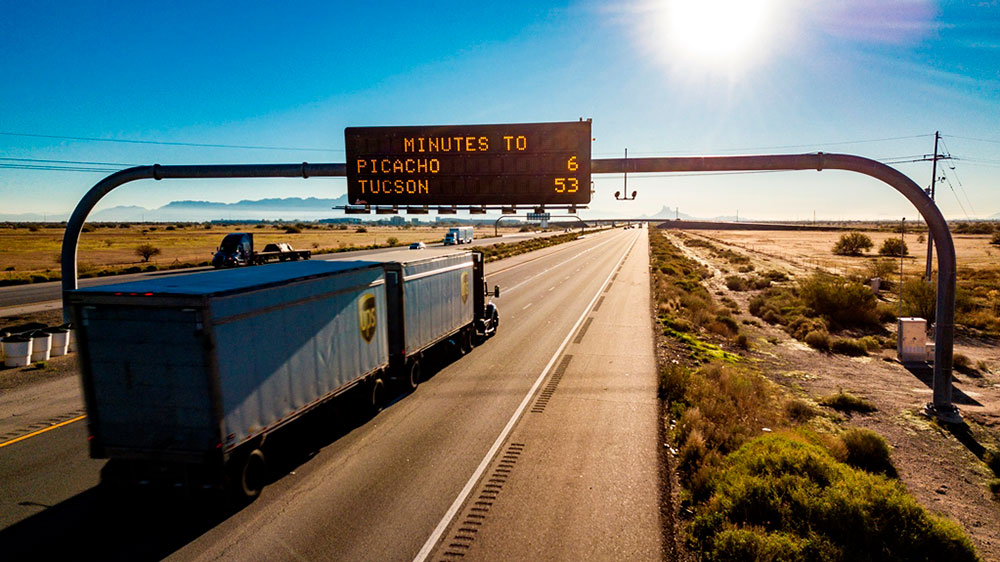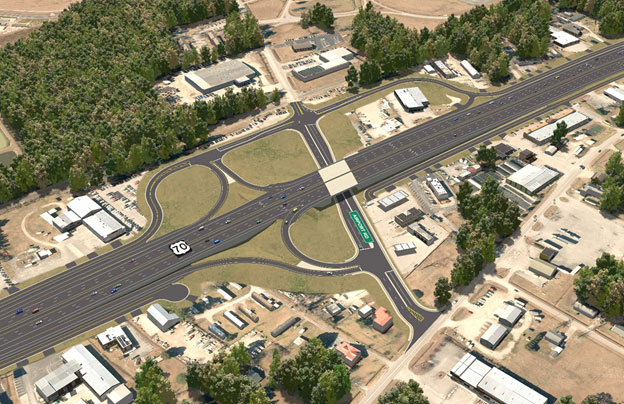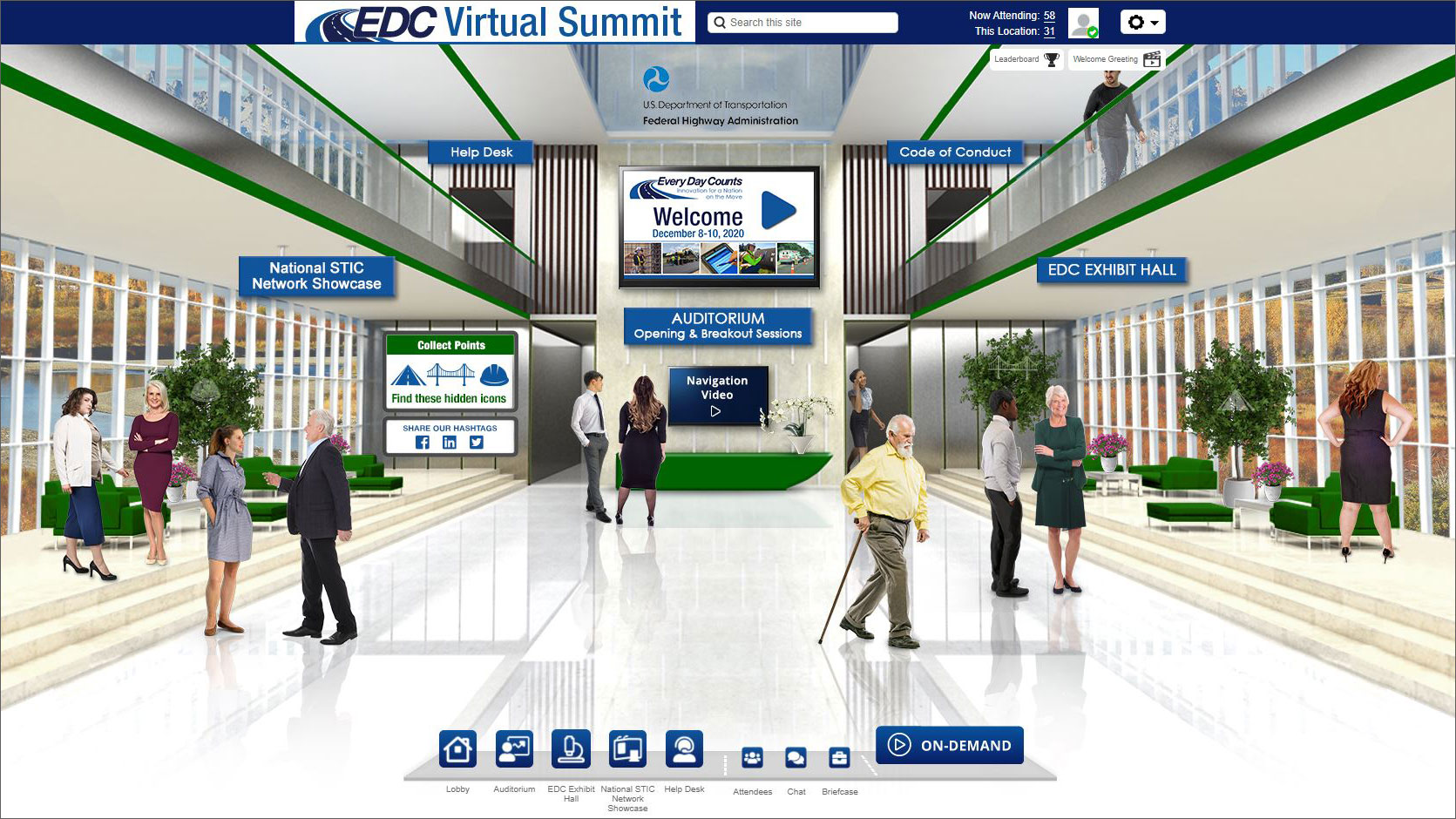December 17, 2020
EDC-6 Summit Preview:
Crowdsourcing for Advancing Operations
Transportation systems management and operations (TSMO) programs strive to optimize existing roadway use with tools like traveler information, traffic incident management, work zone management, and traffic signal management. TSMO solutions help mitigate congestion from special events, adverse weather, traffic incidents, and work zones. These solutions require real-time, high-quality, and wide-ranging roadway information.
Public agencies at all levels are increasing both their situational awareness and the quality and quantity of operations data by using crowdsourcing. Crowdsourcing for advancing operations is the practice of addressing a need or problem by enlisting the services of a large number of people through technology. This practice is a low-cost, powerful tool that leverages the public to collect data. Crowdsourcing overcomes gaps in geographic coverage of traditional intelligent transportation system (ITS) monitoring systems, lags in timeliness of information, costs to build and maintain monitoring equipment, and jurisdictional data stovepipes. Crowdsourced data are available wherever and whenever people travel, giving visibility into suburban and rural networks where roadway sensor technology is often not available.

Three common sources of crowdsourced data are social media platforms, third-party crowdsource providers, and specially developed mobile apps. These data can include information related to speed, travel time, incident types, travel behavior, public sentiment, vehicular operation, and more. Some data are free with little to no cost to process, while other data can be purchased at a cost point lower than traditional costs associated with capturing the data on agency monitoring equipment such as roadway sensors and cameras.
During EDC-5, most participating agencies focused on improving one aspect of operations using crowdsourced data, most commonly traveler information and incident management. EDC-6 will help agencies transform crowdsourcing from single-source, single-purpose data use into a system that gathers multiple streams of crowdsourced data, integrates it, and uses it in multiple areas to improve real-time operations and operational systems planning. Forward thinking agencies have proven how even a single, well managed, integrated, archived, and shared crowdsourced data stream can save millions of dollars in operating costs, while making travel safer and more reliable.
To learn more about crowdsourcing for advancing operations, contact James Colyar, Greg Jones, or Ralph Volpe, EDC-6 team co-leads or visit the innovation’s EDC website.
EDC-6 Preview: Virtual Public Involvement
Public involvement is a critical component in the transportation decision-making process, allowing for meaningful consideration and input from interested individuals. Early and strong public engagement helps transportation agencies accelerate project delivery by identifying and addressing public concerns early in the planning process. Many transportation agencies still rely on traditional forms of public involvement, such as in-person public hearings, paper displays, maps, and brochures. Virtual public involvement (VPI) strategies enhance face-to-face information sharing by engaging wider, more diverse audiences and addressing barriers such as potential participants' busy schedules.

Innovative virtual public involvement techniques provide State, local and Tribal departments of transportation (DOTs), transit agencies, metropolitan planning organizations (MPOs), and rural transportation planning organizations (RTPOs) with a platform to inform the public and receive feedback. These strategies increase the number and variety of channels available to agencies for remotely disseminating information to the public and create efficiencies in how input is collected and considered.
Nearly all State DOTs and most local agencies use websites to post information about their activities. With the increased use of social media tools and mobile applications, the public can access user-friendly features such as online videos, podcasts, crowdsourced maps, and other interactive forums to receive information and provide input. These new opportunities for information sharing and public involvement in the transportation planning, programming, and project development process include:
- telephone town halls
- online meetings
- pop-up outreach
- social meetings/meeting-in-a box kits
- story maps
- quick videos
- crowdsourcing, survey tools
- real-time polling tools
- social media following
- visualization
- working with bloggers
During EDC-6, the VPI team will provide resources and strategies to help your agency make VPI part of your standard business practices while still meeting statutory and regulatory requirements and expanding its reach. Finally, the team will help agencies include virtual accommodations for individuals with disabilities.
To learn more about virtual public involvement, contact Jill Stark, Lana Lau, or Carolyn Nelson, EDC-6 team co-leads or visit the innovation’s EDC website.
Did You Miss the EDC-6 Virtual Summit? Catch Up On-Demand
The year is nearly over and EDC-6 is right around the corner. Last week, over 3,000 people attended our virtual summit to learn about the new innovations featured in EDC-6 and to see what teams accomplished during EDC-5. If you weren’t able to join us, you can still view the sessions, videos, or print material on-demand. Click here for the on-demand agenda. Register to view the summit content, which will be available until December 2021.
Watch team leaders lay out their vision for each EDC-6 innovation, listen to compelling success stories from agencies already using them, explore the virtual exhibit floor to learn about innovations from this and past rounds of EDC, and visit the National STIC Network Showcase to learn about over 200 home grown innovations developed and deployed across the country.
Each item you visit at the virtual summit earns points, and if you earn the most points before December 21st, you could win a 30-minute virtual meeting with the EDC-6 team of your choice.

About EDC
Every Day Counts, a State-based program of the Federal Highway Administration’s Center for Accelerating Innovation, works with State, local, and private sector partners to encourage the adoption of proven technologies and innovations to shorten and enhance project delivery.


